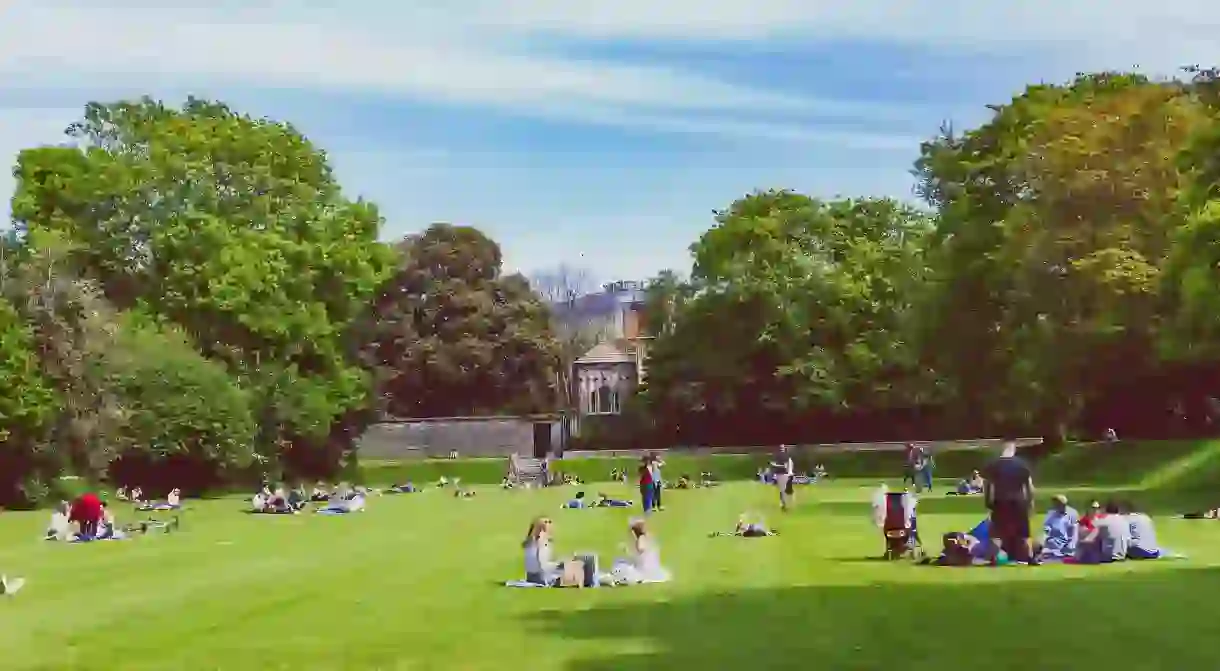The Best Things To Do For Free In Dublin

Dublin is an immensely popular place for tourists, but it can be expensive. However, there are lots of great things to do for free in this artistic and eclectic city. We list some of the best ones here.
Did you know – Culture Trip now does bookable, small-group trips? Pick from authentic, immersive Epic Trips, compact and action-packed Mini Trips and sparkling, expansive Sailing Trips.
Visit the Chester Beatty Library
The fruits of Alfred Chester Beatty’s labors; ancient scrolls, books and other objects, can be viewed in the Chester Beatty Library. The collections include artistic treasures from across the world representing an incredible range of cultures and religions. The library is located in Dublin Castle, most of which dates back to the early 18th century. The castle is beautiful and impressive and he grounds are free to explore as are various museums in the castle.
Browse the National Gallery of Ireland
Located in the center of Dublin, the National Gallery of Ireland was opened in 1854. It has an extensive collection of pieces by Irish artists. There is also a collection of paintings by Jack B. Yeats, as well as various notable pieces representing Italian Baroque and Dutch masters. The architectural style of the building is classical, creating the perfect aesthetic atmosphere to enjoy the works of art within.
Walk the South Wall
Located at Dublin’s port, the South Wall extends over two miles into Dublin Bay. The lighthouse was built in 1768, then redesigned and re-built in 1820. The walk is long, though not too strenuous, and the vast and undulating Irish sea is your companion the whole way along until you reach Poolbeg Lighthouse.
Complete the Aras an Uachtaráin Tour
Aras an Uachtaráin is the official residence of the President of Ireland. This impressive building is set amid beautiful and well curated gardens and parklands. There are guided tours of the main rooms of the building which take an hour and are free of charge.
Stephen’s
St Stephen’s Green is 22 hectares of land originally redesigned in 1880. It is the largest public park in Dublin and was originally opened in the 17th century as the local government began selling houses in the local area as Dublin was expanding. Features include a large duckpond fed by an artificial waterfall, an ornamental bandstand and, quite unusually, a scented garden for the blind with plants for handling labelled in braille.













